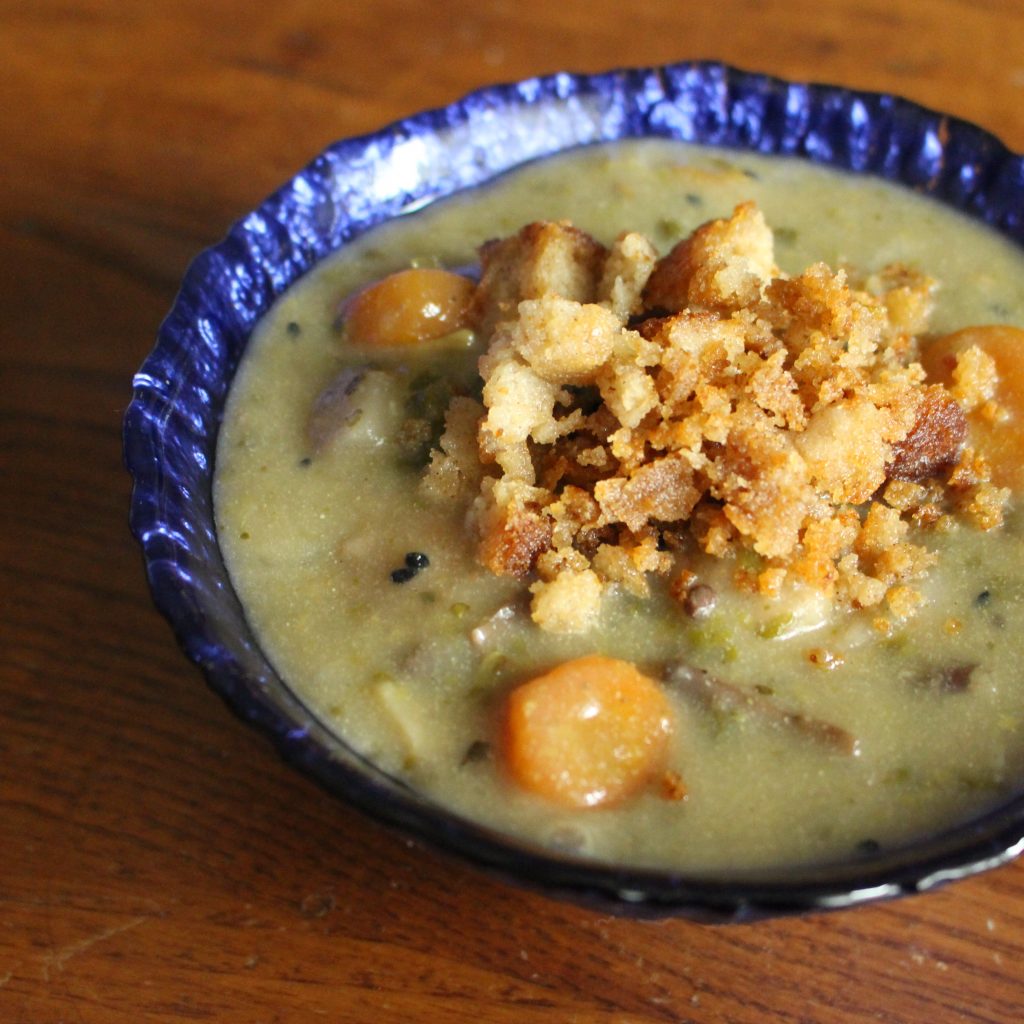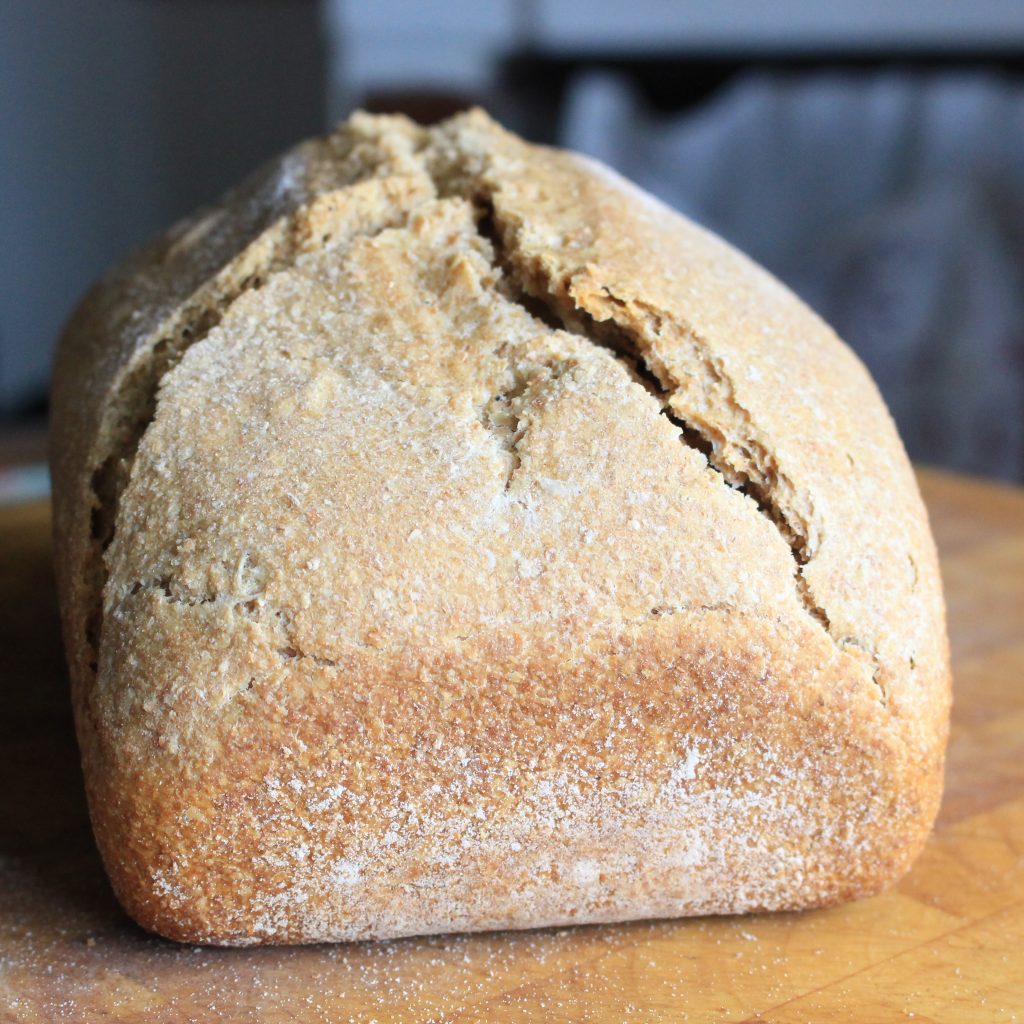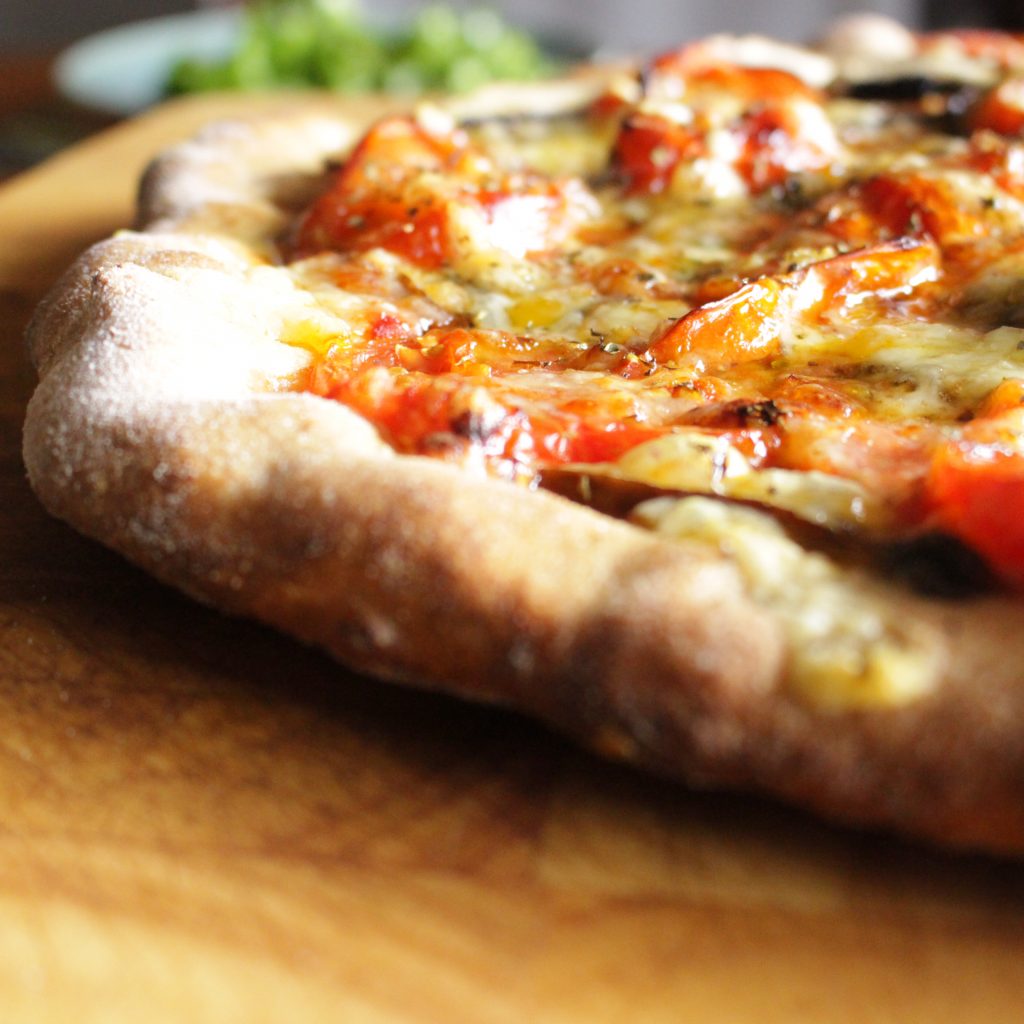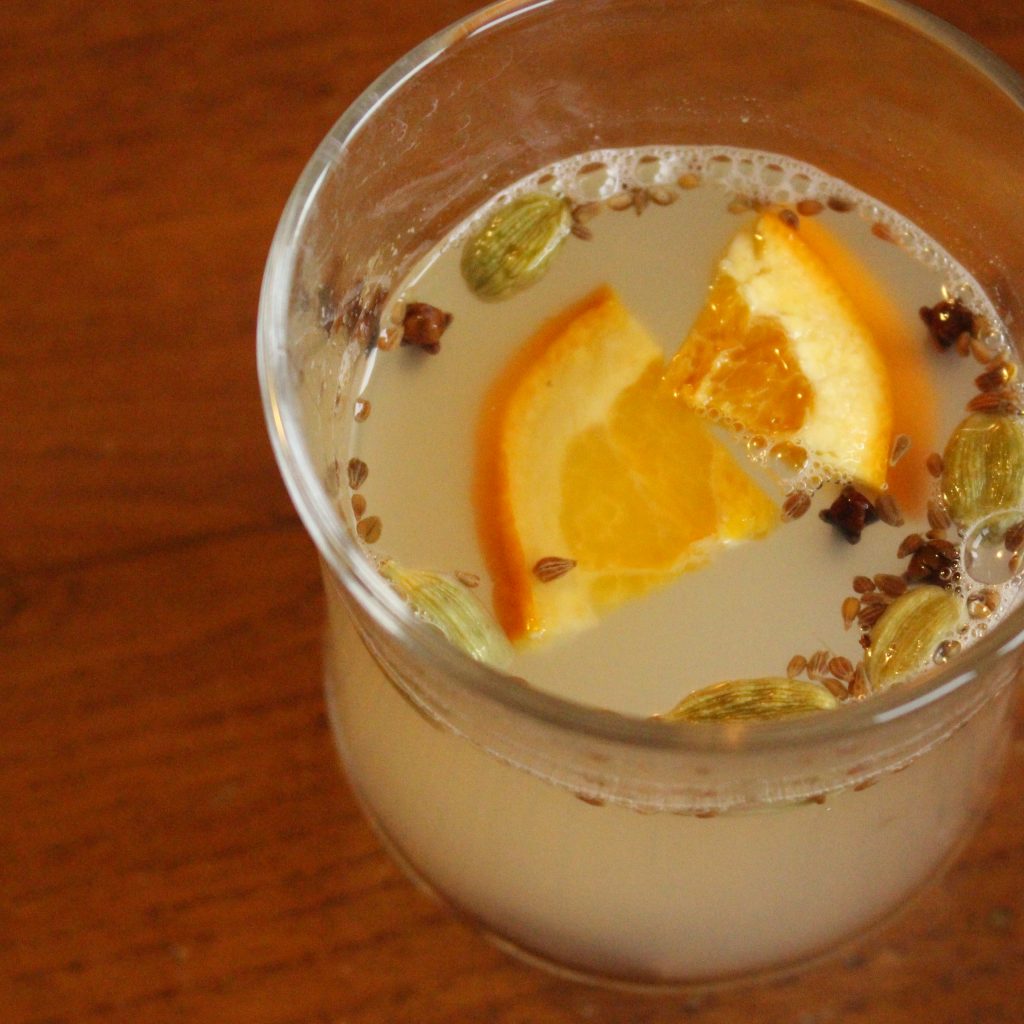The idea that cooking fermented foods kills the probiotics in them, therefore losing all the associated health benefits has always been a bit of a puzzle for both my mind and my body. Here’s why:
Ancestral cultures the world-over have routinely cooked their fermented foods. Yes, they have sauerkraut and beet kvass raw, but they also add them to soups and stews along with consuming fermented porridges, flat breads and sourdough.

I can understand cooking fermented grain products – we can’t digest them raw. And to some extent I can understand kilos of live microbe sauerkraut in a stew – fermentation was very much a way of preserving food in preparation for leaner times.
Yet, with all this, my researcher-mind is still not quite satisfied. I know there’s deep wisdom in ancestral cooking techniques – far deeper than science can often explain. And reports show that communities that eat both raw and cooked fermented foods consistently have better health markers than us who’ve forgotten fermentation.
There’s another reason I don’t buy the ‘dead probiotics are useless’ theory:
I am super-sensitive to probiotics. They stop me sleeping – like bolt awake at 2am night after night. Around 5 years ago, I’d had enough of this and started weighing out my sauerkraut every day. This way, I’ve been able to gradually increase my dosage from .5g a day in 2016 to 26g a day now. I’ve done something similar with kefir.
On top of raw probiotics, I love eating ‘cooked’ probiotics – including sourdough bread, porridge and pancakes. I’ve always been told that the probiotics in these foods are ‘dead’. And yet, with certain cooked fermented foods, I’ve noticed my sleep affected. It’s made me wonder, “What’s going on here?”

And this is when the word paraprobiotics jumped out of my Instagram feed at me. I did a double take. Paraprobiotics? Quickly the word postbiotics followed. Postbiotics? What are they?
I started digging.
I’m not a biologist, I’m a home cook – I’ve needed many hours reading and re-reading academic documents (thank you Christopher Shockey for pointing me to them!) to get my head around what ancestral wisdom and body have always known – there is so much more to fermented food than the probiotics we create when we’re making them.
Here’s what I now understand:
Firstly, let me briefly define my understanding of the two terms you most likely know:
Probiotics:
Beneficial bacteria created outside of us through the process of fermentation. These are present in foods such as sauerkraut, yogurt and kombucha. They enter the gut and are used by the resident bacteria there to help produce benefits to our immune system.
Prebiotics:
These are the compounds needed, as food, by the beneficial bacteria resident in our gut. You can find them in a host of vegetable foods, like onions, beans and cold rice.
With this understanding we can move onto placing the newer terms into context.
Paraprobiotics:
Probiotics don’t live a long time. Either through cooking (i.e. when you put a live bacteria starter into a bread and bake it) or by having been used by the resident bacteria in our gut, they ‘die’. In this ‘dead’ state, whether killed inside or outside of us, they become paraprobiotics. The structural cell wall components of these ‘dead’ bacteria have continued and diverse beneficial effects in our bodies.
Postbiotics:
Postbiotics are the waste material left behind after our resident gut bacteria have used the probiotics that we give them. Much of this waste isn’t waste at all – like compost we might make from our kitchen scraps, it goes to benefit other areas and creates change.
Current research shows us that many paraprobiotics and postbiotics have anti-inflammatory, anti-tumor, anti-oxident and immunomodulatory effects.

The research is in its very early stages…and that’s what scientists have found already! I am sure there is far more to be discovered regarding the marvel of fermentation.
For me, this research bestows a clear explanation of my years of puzzling: Probiotics affect our bodies even when they aren’t alive – through their remaining paraprobiotics components and through the postbiotics that are created by the process of breakdown in our guts.
Now I rest even more deeply into the wisdom of ancestral foodways – they knew things centuries ago that science is only just beginning to uncover now.
And I understand why heating up the Scottish ‘swats’ drink I’ve fermented at home has to be part of my probiotic ‘allowance’ for the day if I don’t want to wake in the middle of the night!

There’s a need to change our general understanding of probiotics, so share this information loud and wide. Let’s get fermenting! And yes, let’s eat our ferments raw, but, for even more profound health benefits let’s cook our ferments too. More fermented pancakes, more sauerkraut in stews, more kefir cream desserts and more sourdough. Who’d complain at that? These foods not only taste great, but are full of paraprobiotics and postbiotics, which, when offered to our bodies, are doing amazing things deep inside.

Bring ancient grain baking into your kitchen!
Download my free 30-page guide with five healthy and tasty 100% ancient grains recipes.


[…] What are Paraprobiotics and Postbiotics? […]
There’s so much wisdom in traditional cooking! I’d never heard of parabiotics and postbiotics. Great explanation. Love your examples of foods with these things too. I’m inspired to explore this area!
Great Dani, and thanks. It’s such amazing research and helps add more science to what many of us know already – as you say, there is *so* much wisdom in traditional cooking!
I think that variety is the spice of life and that in the absence of scientific proof, hedging our bets with variety is sensible. We have learned a lot recently but everything we learn points obviously to how much we still don’t know. Why did French peasants call for bread at the gates of Versailles ? Why not grain to make porridge that avoids the cost of the Millar and the Baker ? Because even though cooked, bread provides more complete nourishment due to its fermentation process. So eat them. Eat them every way. Raw, cooked, post, pre, para and gaba and any other way you can think of !
I agree. Thanks Rebecca!